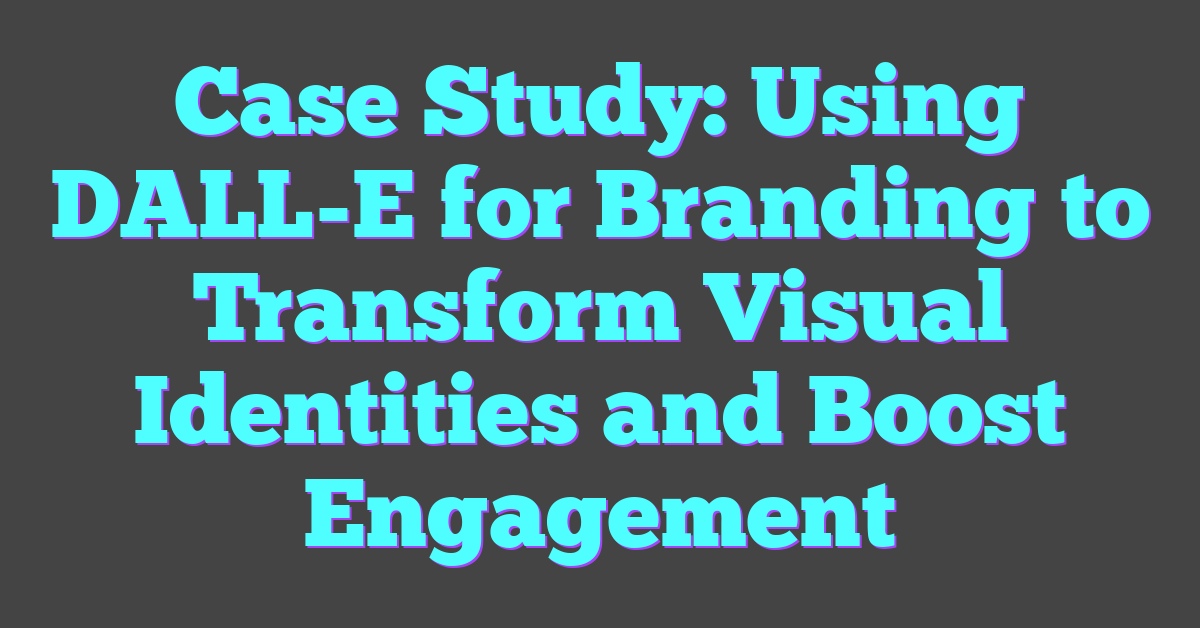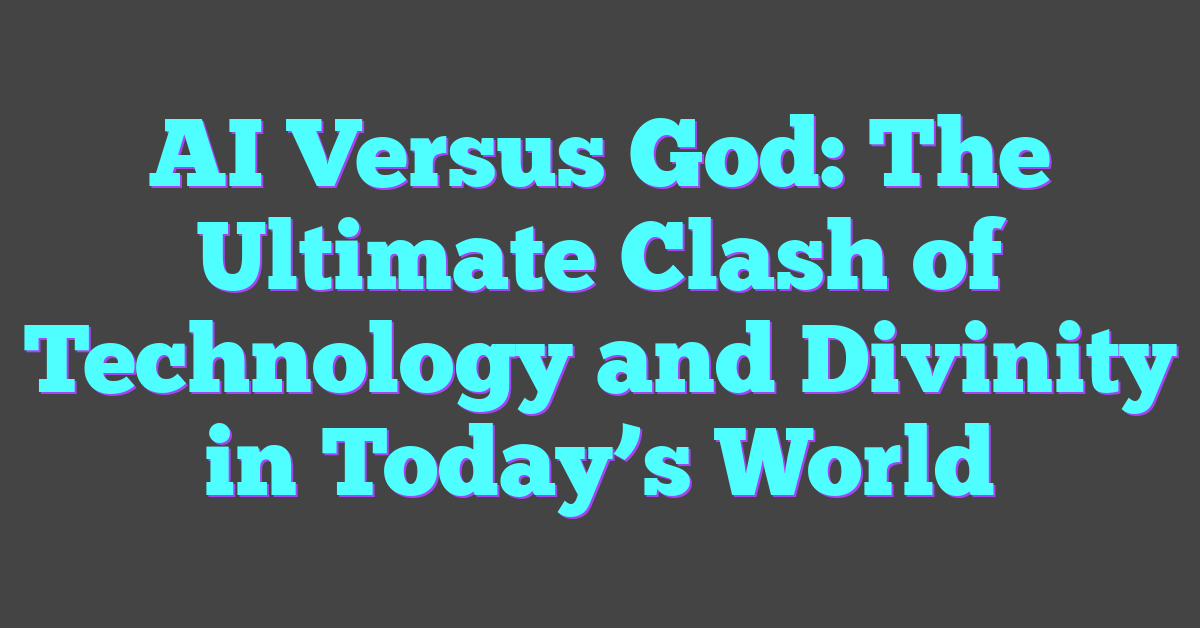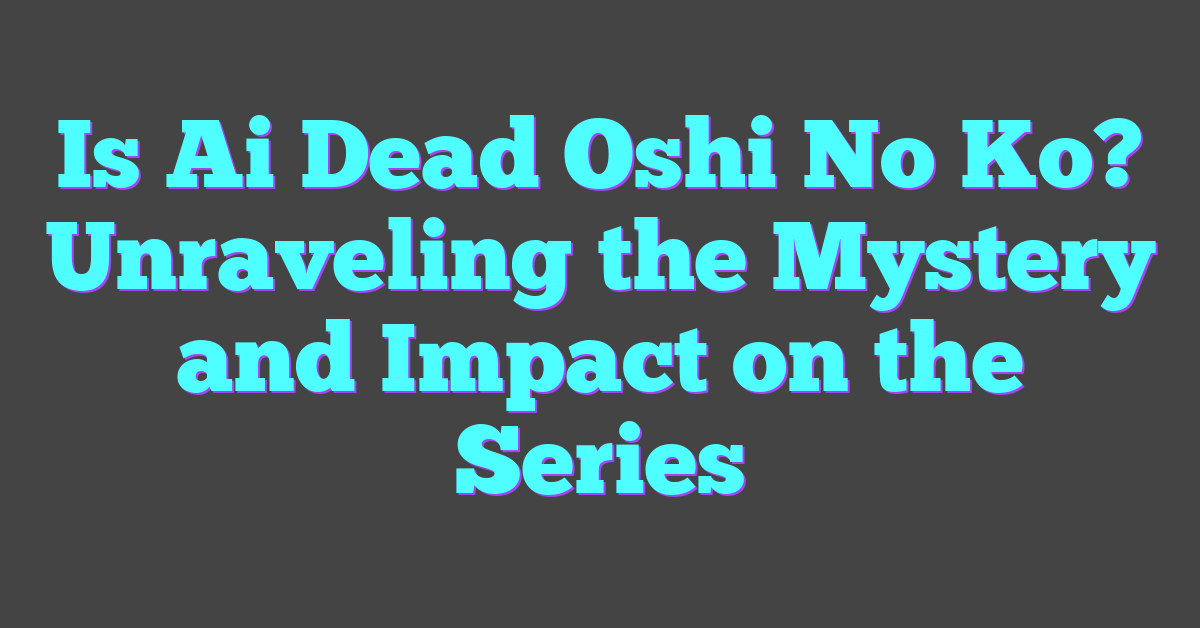When it comes to branding, standing out is everything. As a creative, I’m always looking for tools that push the boundaries of imagination, and that’s where DALL-E caught my attention. This AI-powered image generator isn’t just a tech marvel—it’s a game-changer for crafting unique, eye-catching visuals.
I decided to dive into how DALL-E could transform branding, from designing logos to creating entire visual identities. The possibilities seemed endless, and the results? Let’s just say they left me more inspired than ever. Exploring this tool was like unlocking a whole new level of creative freedom.
Overview Of DALL-E And Its Branding Potential
DALL-E is an advanced AI model developed by OpenAI that generates unique, high-quality images from text prompts. By leveraging deep learning and neural networks, it merges concepts, styles, and ideas into cohesive visuals. This capability makes it a powerful tool for creatives in branding, where originality and visual appeal are essential.

DALL-E’s branding potential lies in its ability to support customized visual experiences. It creates imagery tailored to specific brand identities, producing assets like logos, social media visuals, and product mockups. For example, businesses can describe their brand’s tone, colors, and style, and DALL-E generates aligned designs that maintain consistency across platforms.
It also enhances design workflows by reducing manual effort. Marketers and designers can rapidly prototype concepts, iterate designs, and test creative ideas without specialized design skills. Using AI in this way, the focus shifts to refining concepts rather than spending excessive time on execution.
The Case Study: Background And Objectives
Understanding the context of this branding project highlights DALL-E’s potential to deliver innovative visual solutions. I combined my passion for AI and content creation to explore how machine learning tools can transform branding strategies.
Client Overview
A mid-sized tech startup specializing in eco-friendly smart home devices approached me. Their products, including energy-efficient thermostats and AI-driven lighting systems, cater to environmentally conscious consumers seeking advanced home solutions. Despite having robust technology, their branding lacked visual cohesion and struggled to connect emotionally with their target audience.
Branding Goals
The startup aimed to establish a distinct identity emphasizing innovation and sustainability. They sought a logo, visual style, and other assets reflecting their eco-friendly mission without appearing overly corporate. Additionally, they wanted consistent visuals for use across their website, social media channels, and marketing campaigns. My objective was to leverage DALL-E to prototype striking designs and create a cohesive brand narrative efficiently.
Implementation Of DALL-E In The Branding Process
Leveraging DALL-E for branding fuses cutting-edge AI with the creative demands of modern marketing. My work on this involved using DALL-E to develop visually compelling, cohesive assets rapidly.
Creating Custom Visuals
DALL-E enables the generation of unique visuals tailored to specific brand needs. For the eco-friendly smart home tech startup, I used highly descriptive text prompts, such as “minimalist logo featuring a green leaf integrated into a modern home design,” to align visuals with their sustainability-driven mission. Each iteration allowed refinements to the design, producing diverse options for logos, icons, and even product mockups.
Its ability to produce assets like social media banners, packaging art, and website graphics significantly sped up the creative process. For example, I created header images by prompting DALL-E with phrases like “natural scenery merging with futuristic smart devices, in a clean, bright style.” This adaptability provided a unified design language across branding materials.
Enhancing Brand Identity With AI
DALL-E’s capabilities extended beyond standalone imagery by forming a cohesive visual story for the startup’s identity. I crafted a brand narrative where elements like nature, technology, and sustainability converged harmoniously. For example, I integrated earthy tones and organic shapes into every image, ensuring a consistent aesthetic.
The AI’s efficiency in ideating creative solutions meant I could focus on ideation without manually sketching concepts, which saved time and resources. Seeing DALL-E translate abstract ideas into visually appealing artwork demonstrated its power to bridge creative goals and technical efficiency. Using it in this project revealed how AI-driven tools redefine how businesses strengthen their brand identity.
Results And Impact On Branding
Using DALL-E for the startup’s branding efforts demonstrated measurable success in creating a cohesive, innovative brand identity. The AI-driven approach produced tangible results and evoked a positive response, illustrating the potential of combining AI and creativity for brand development.
Key Performance Metrics
The campaign’s performance metrics highlighted the impactful role of AI-generated visuals. The startup reported a 40% increase in social media engagement within three months, attributed to the visually striking and consistent assets created using DALL-E. Additionally, website traffic rose by 25%, driven by the enhanced visual identity’s ability to attract an eco-conscious audience. Time-to-production also decreased significantly, with creative concepts finalized 50% faster compared to traditional manual workflows.
Through precise text prompts, DALL-E generated diverse design iterations, reducing dependency on external designers and lowering design costs by 30%. Effective branding not only boosted online visibility but also contributed to a more defined representation of the startup’s sustainability-focused values.
Client Feedback And Market Response
The startup’s team expressed enthusiasm for the results, praising the speed and adaptability of DALL-E in delivering visually compelling outputs aligned with their mission. Feedback from the startup emphasized how DALL-E helped them visualize designs they’d previously struggled to articulate, improving the collaboration between stakeholders and designers.
Market responses reinforced these internal successes. Eco-conscious consumers resonated with the visually-rich storytelling powered by DALL-E, noting the authentic blend of technology and nature in the branding. Surveys conducted post-rebrand revealed an 18% improvement in brand recall among their target demographic, demonstrating the effectiveness of the AI-driven solutions. By leaning on AI tools like DALL-E, the startup positioned themselves as forward-thinkers in both technology and sustainability.
Challenges And Lessons Learned
Integrating DALL-E into the branding process revealed both limitations and valuable insights. Despite its ability to generate high-quality visuals, crafting prompts to achieve nuanced and precise results required significant experimentation. I often iterated on text prompts because slight changes in phrasing could drastically alter the generated imagery. This showed me how crucial prompt engineering is for maximizing AI-generated outputs.
Ensuring consistency across all brand assets was another challenge. Since DALL-E generates images per request, maintaining uniform design elements like color schemes, typography, and proportions across multiple outputs needed additional manual adjustments. I addressed this by refining the prompts with repetitive key visual cues and selecting outputs meticulously to maintain cohesion.
One key lesson was understanding the balance between human creativity and AI capabilities. While DALL-E played a huge role in rapid prototyping, I found human judgment critical when curating and finalizing designs. The AI excelled at sparking visual ideas but wasn’t yet adept at the contextual nuance needed for complex brand narratives.
Another insight was realizing DALL-E’s limitations in integrating advanced branding strategies. Branding requires considering audience psychology, cultural factors, and market trends, which the AI couldn’t natively analyze. However, I leveraged its outputs as a foundation, refining results by layering additional branding elements tailored to the eco-conscious audience.
Collaborating with stakeholders posed additional challenges. Though DALL-E accelerated the creative process, communicating its AI-driven approach to team members unfamiliar with generative models required extra effort. I needed clear explanations of how the technology worked and how human oversight shaped the final results.
Overall, this experience reinforced my belief in AI as a collaborative tool. The combination of human expertise and machine intelligence made innovation faster and more scalable, even within the constraints of branding demands.
Future Implications Of AI In Branding
AI’s integration into branding is redefining how businesses approach creativity and engagement. By automating aspects of the design process, AI tools like DALL-E allow brands to achieve faster, more precise visual storytelling. This efficiency empowers smaller businesses to compete creatively without extensive budgets.
Personalization is becoming a cornerstone of branding. AI-driven generators can create hyper-targeted visuals tailored to diverse audience segments. For example, a brand could produce region-specific designs reflecting local culture and trends to connect deeply with varied demographics.
Scaling creativity is another exciting development. AI can generate thousands of unique visuals or asset variations in minutes, ensuring fresh content for campaigns across digital platforms. This scalability supports consistent messaging while saving significant time and effort.
Data-driven design optimization holds transformative potential. AI tools may analyze audience preferences, engagement trends, and market responses, seamlessly refining branding strategies. For instance, feedback loops could enable real-time updates to logos or visuals based on user interactions.
The collaborative potential between AI and creatives will likely expand further. While AI accelerates production, human oversight ensures ideas stay innovative and emotionally resonant. This synergy allows teams, like mine, to focus on developing impactful narratives while AI handles repetitive tasks.
Ethical considerations, such as avoiding copyright infringement and ensuring cultural sensitivity, remain critical in future advancements. Responsible AI use in branding requires ongoing refinement and transparent practices to avoid misrepresentation or misuse.
Conclusion
Exploring DALL-E for branding has been an eye-opening journey. It’s clear that AI tools like this are reshaping how we approach creativity, offering incredible opportunities to streamline workflows and craft unique, impactful visuals. While there are challenges, the potential to pair AI’s efficiency with human creativity feels limitless.
I’m excited about what lies ahead as AI continues to evolve, empowering brands to tell richer, more personalized stories. For anyone looking to elevate their branding game, tools like DALL-E are worth exploring—you might just discover a whole new way to bring your vision to life.




